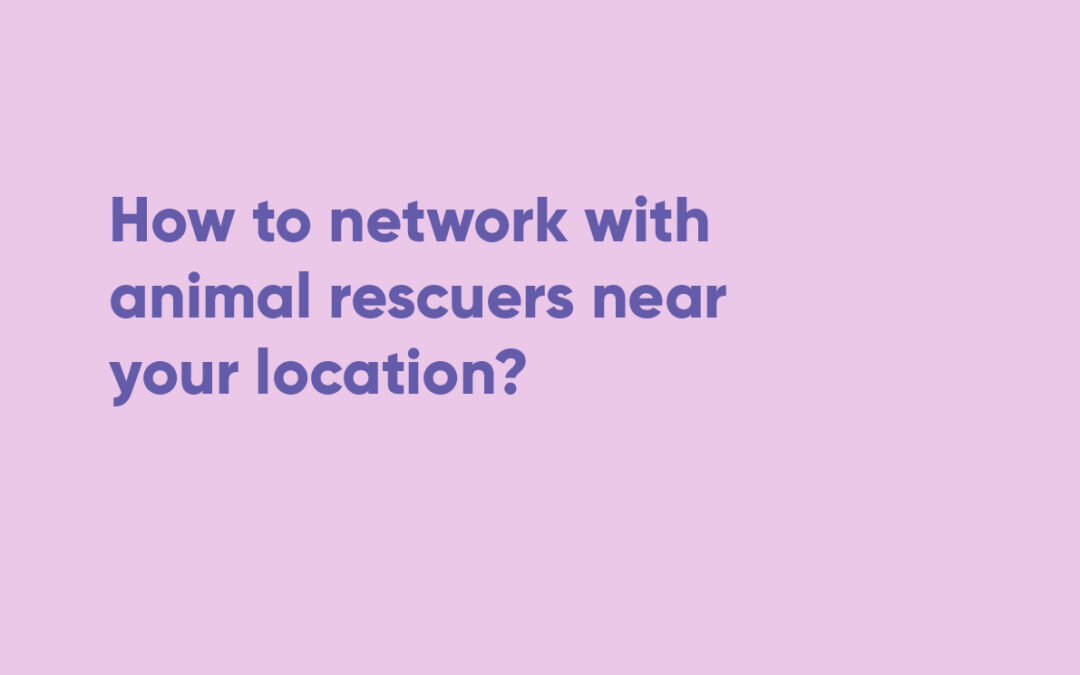Annually, millions of animals are brought into shelters. As caring for and rehoming shelter animals requires teamwork, volunteers are required to do a wide range of tasks. The success of animal shelters and its furry residents depends on a variety of tasks, including hands-on behaviour modification, animal handling during off-site adoption events, educational outreach, groundskeeping, veterinarian transportation, photography, administrative labour, and everything in between.
- Teaching animals the fundamentals of behaviour
To assist animals get adopted more quickly and flourish in devoted homes, several NGO’s place a major focus on behaviour modification. After obtaining training, volunteers can assist with the training, socialisation, and enrichment of animals while they are staying at shelters.
- Read aloud to the rescues
Animals who can benefit from the calming affects of a human voice and companionship may be found in reading programmes, which is a good way for youngsters to interact with them. Since animals are an impartial audience, children can also develop their reading and speaking confidence.
- Adoption Events & Special Events Off-Site
The adoption of animals is impacted particularly by volunteers from off-site and special events. Outside of the confines of a shelter, volunteers form bonds with the animals, learn about their backgrounds and personalities, and promote them to prospective adopters who are unable or prefer not to visit shelters directly.
- Photography of animals
Although shelter animals are sometimes anxious and uneasy when they first visit a shelter, a brief snapshot is frequently taken of them to assist them be adopted. Photographs of shelter animals that appeal to potential adopters are very important, and volunteer photographers play a significant part in this process.
- Volunteering for Young People
Many shelters feature youth programmes that enable children and teenagers to assist in a number of ways, despite the fact that many volunteer options need that participants be at least 18 years old. Some shelters enable young volunteers to assist with administrative tasks in the shelter office and adoption-related activities. Off-site volunteer possibilities that involve hands-on work include fundraising, educational camps, and even birthday parties where kids manufacture gifts and toys for the shelter.
- Volunteering at a store or charity
To aid with funding, shelters frequently include a shop component. Volunteers can assist in these shops by receiving and selling goods.
- Animal Shelter Volunteering Group
For students, office teams, clubs, and other small groups looking to help out and foster camaraderie, group volunteering options are fantastic. These are often brief, standalone sessions. Some NGO’s welcome both small and big groups and may involve caring for grounds and socialising animals.
- Volunteering at Animal Shelters in the Real World
The volunteer programmes offered by each shelter will differ, but the following examples of real-world programmes will help potential volunteers get a sense of what might be available near them. Find a programme type that fits your interests, abilities, and schedule, and then ask your local shelter if they have any possibilities that are comparable.
Common Volunteer Tasks & Responsibilities
- Compiling background information about adoptable pets through conversation and observation
- Pet photography
- Participating in retail work at the shelter
- Training cats to be more sociable and amiable
- Driving pets to veterinarian visits and adoption events
- Cleaning and maintaining grounds
- Changing behaviourial patterns through training.
- Hygiene, grooming and bathing
- Education and outreach to the community
- Running, playtime and Strolling with dogs.
- Assisting with adoption and fundraising activities off-site
- Office and administrative work

